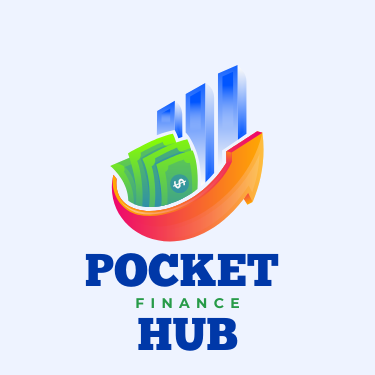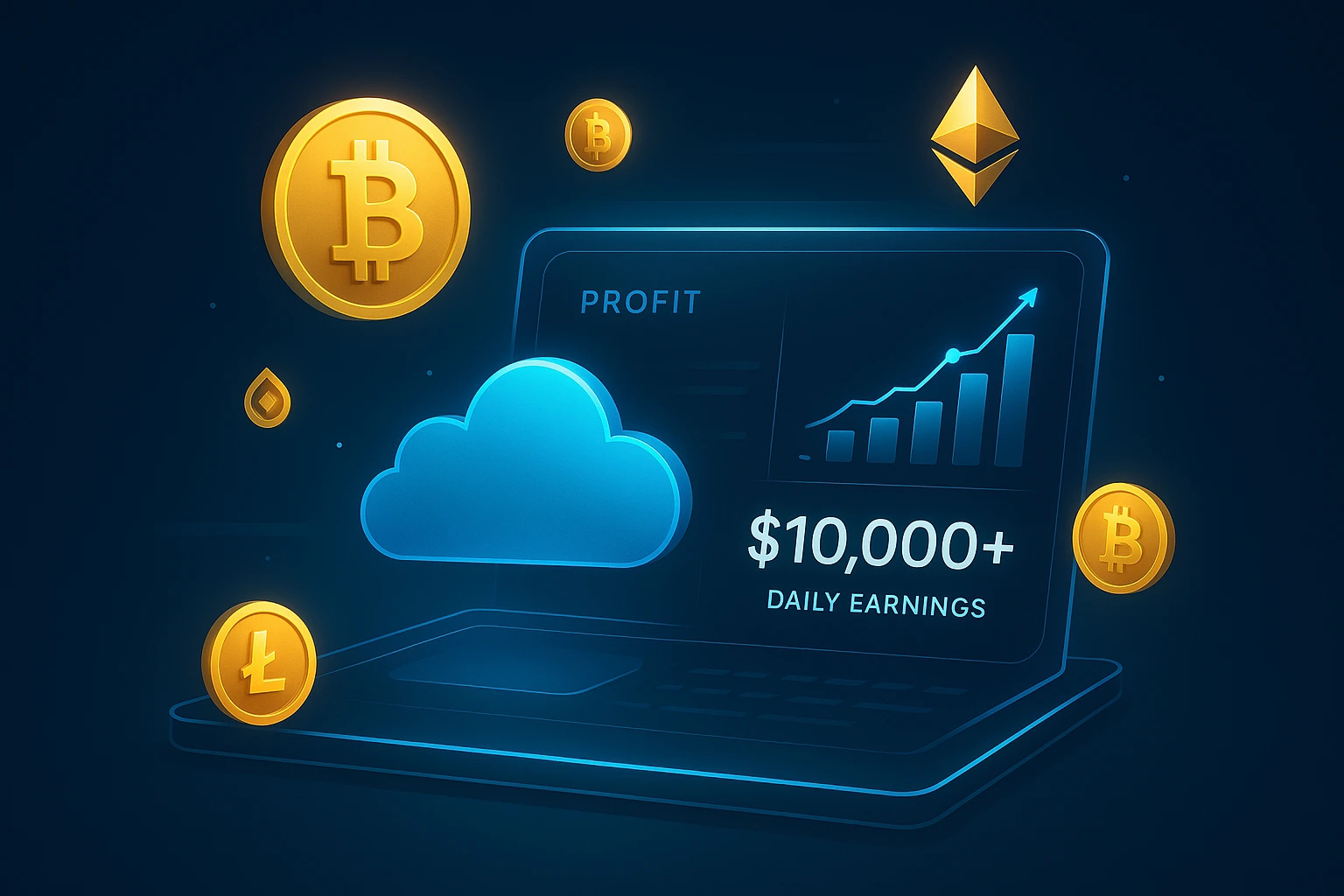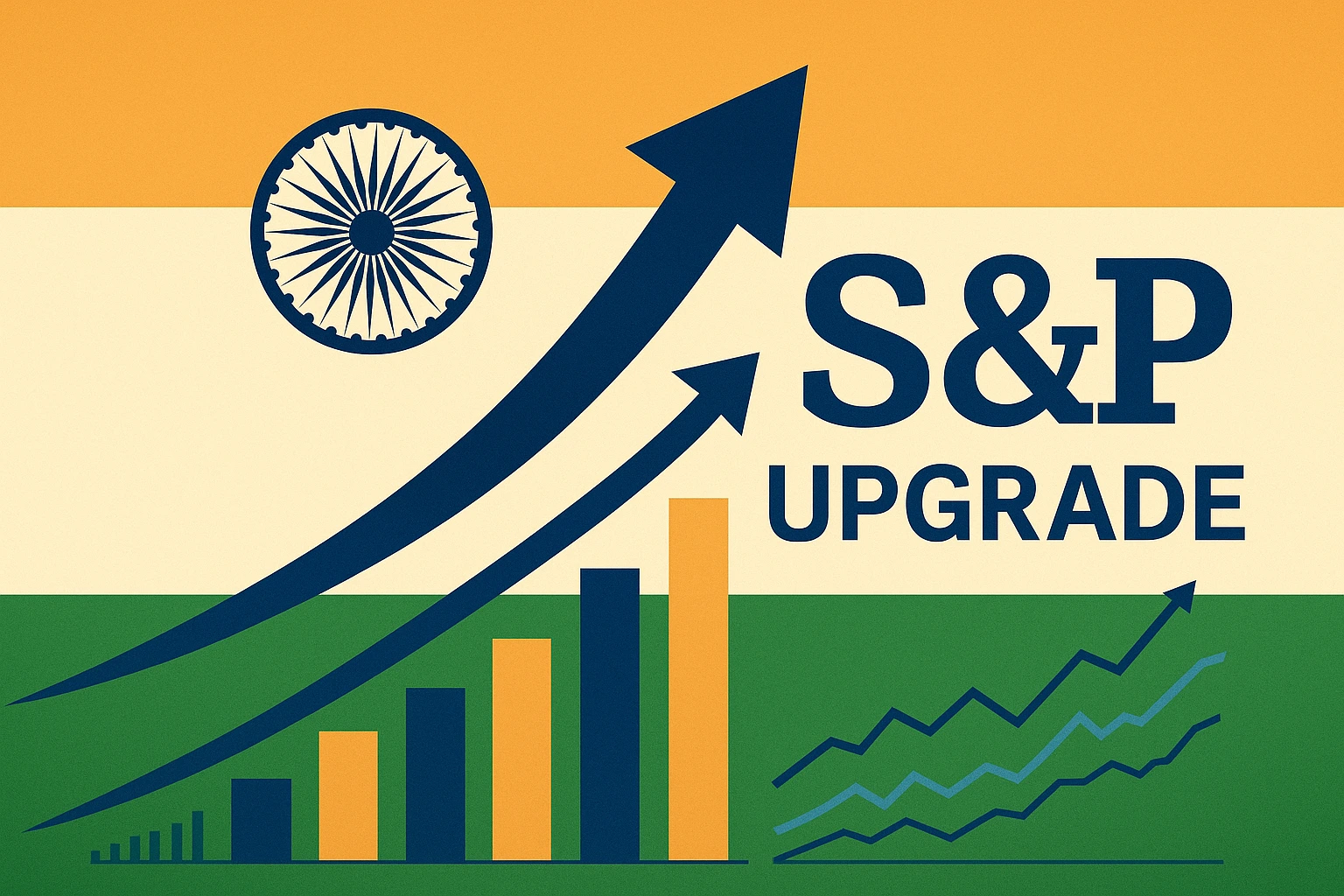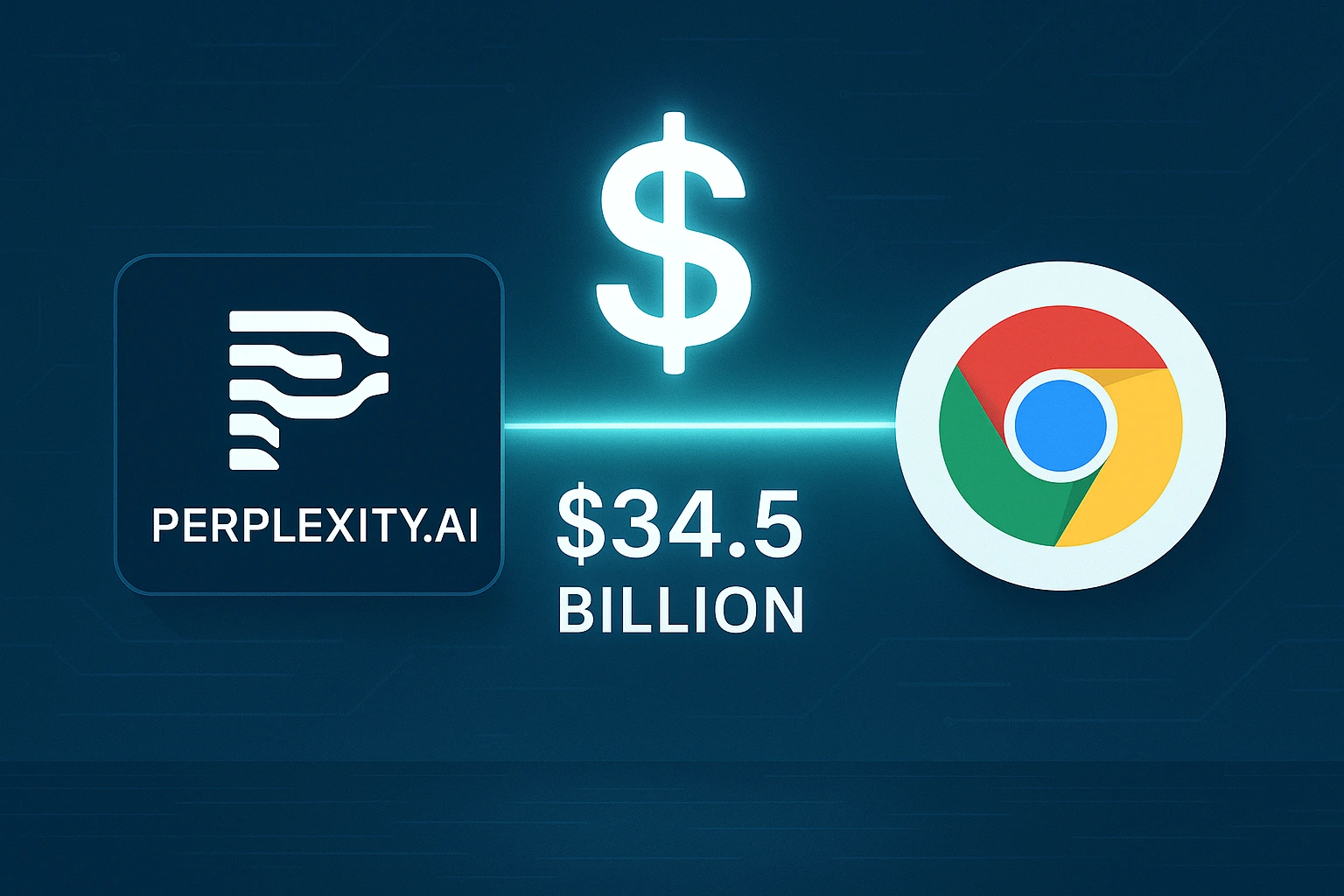Table of Contents
Introduction: A New Era in Finance Is Here
The way we interact with money is undergoing a massive transformation. From mobile banking to instant payments, the financial industry is embracing technology faster than ever. But one innovation stands out above the rest: Blockchain. It’s not just a buzzword anymore—it’s the backbone of a financial revolution. With its promise of decentralization, security, and transparency, blockchain is reshaping how we think about money, banking, and trust.

What Is Blockchain Technology? (Explained Simply)
Let’s break it down without the tech jargon.
In essence, a blockchain is a digital ledger—a chain of “blocks” that hold information. Each block has data (such as transactions), a date and time stamp, and an individual code referred to as a hash. Once a block is filled, it’s attached to the next, creating a chain.
Why is blockchain unique?
Decentralized: Nobody owns or runs the system.
Transparent: Everyone in the network can view the information (but not personal identities).
Secure: Once something is posted, it can’t be altered or removed easily.
Simply put, blockchain eliminates the middleman and returns the power to users.
Issues with the old financial system
Before we can enjoy how blockchain is revolutionizing finance, it’s good to know the issues with the present system:
High Transaction Costs – Everyone from banks to payment processors to intermediaries takes a cut.
Slow Cross-Border Transfers – Transferring money abroad can take days and cost an arm and a leg.
Lack of Transparency – Ever curious where your bank fee is going? Most people are.
Exclusion of the Unbanked – Approximately 1.4 billion people worldwide still lack access to banking services.
Fraud & Security Risks – Centralized systems are more susceptible to hacking and data breaches.
These problems make it evident that our financial system is old-fashioned—and in need of disruption.
How Blockchain Is Fixing These Issues
Along comes blockchain, a technology designed to correct the shortcomings of conventional finance.
Reduced Costs: Without intermediaries, blockchain transactions can be significantly less expensive.
Quicker Settlements: Payments and trades can be settled in seconds or minutes—not days.
Transparency and Trust: All transactions are recorded and accessible to all parties.
Financial Inclusion: Anyone with an internet connection can join the blockchain economy.
Security: Decentralized makes it more difficult for hackers to target or manipulate information.
With blockchain, trust isn’t required—it’s intrinsic in the system itself.

Top Use Cases of Blockchain in Finance
Let’s take a look at some actual examples of how blockchain is being used today in finance:
Cryptocurrencies – Bitcoin, Ethereum, and others are blockchain-based digital currencies. They enable borderless, peer-to-peer transactions.
Cross-Border Payments – Firms such as Ripple utilize blockchain to transfer money between nations in a matter of seconds.
Smart Contracts – These are programmable contracts that execute automatically on the occurrence of conditions (e.g., release of funds).
Tokenized Assets – Property, art, or equity shares can be converted into digital tokens and exchanged on blockchain platforms.
Digital Identity & KYC – Blockchain can be used to make identity verification simple and secure for banks and consumers.
These examples demonstrate that blockchain isn’t some future concept—its already real.

DeFi: The Largest Disruption to Banking
DeFi (Decentralized Finance) is possibly the most transformative element of blockchain.
What is DeFi? It’s an economy where financial services—such as lending, borrowing, and trading—are between users directly with the help of blockchain, rather than banks or brokers.
Here’s how DeFi is disrupting the space:
Decentralized Lending Platforms: Earn interest on your crypto or borrow loans, all without a bank.
Decentralized Exchanges (DEXs): Trade and exchange crypto directly with others, no middleman required.
Yield Farming & Staking: Users can earn passive income by locking in crypto assets.
DeFi is democratizing finance and opening up opportunities for everyone—not just the rich or the well-connected.

How Banks and Institutions Are Embracing Blockchain
Initially, banks were against blockchain. Now, however, they’re not only accepting it—they’re adopting it.
Here’s how traditional institutions are getting on board:
JPMorgan has introduced its own blockchain-based currency, JPM Coin, for internal transactions.
Mastercard and Visa are bringing blockchain on board to make secure and rapid cross-border payments.
Central Banks are investigating CBDCs (Central Bank Digital Currencies) based on blockchain to digitize money.
Even governments are jumping on the bandwagon, understanding that blockchain can make public finance more transparent and efficient.
Challenges and Restrictions of Blockchain in Finance
Blockchain is impressive—but it’s not flawless.
Scalability – Certain blockchains have trouble processing a high volume of transactions simultaneously.
Energy Consumption – Networks such as Bitcoin consume massive amounts of power (though newer blockchains are less energy-intensive).
Regulatory Uncertainty – Governments are still figuring out how to regulate blockchain and crypto.
User Errors – Unlike banks, blockchain transactions can’t be reversed. If you send money to the wrong wallet, it’s gone.
Adoption Hurdles – Many people still don’t understand how blockchain works or why it matters.
Despite these challenges, innovation continues—and solutions are being developed every day.

What the Future Looks Like: Will Blockchain Replace Banks?
Will banks become obsolete? Not exactly.
But blockchain will force them to evolve. In the future, we’re likely to see:
Hybrid Models: Traditional banks using blockchain behind the scenes.
More Financial Freedom: People will have more control over their money and investments.
Global Financial Access: Unbanked populations will join the financial system via smartphones and blockchain apps.
Smarter Regulation: Governments will find ways to protect users while allowing innovation to flourish.
So, even if blockchain doesn’t “kill” banks, it will certainly change them.
Conclusion: Welcoming the Future of Finance
The finance world is being rewritten—and blockchain is holding the pen. It’s building a system that’s faster, cheaper, more inclusive, and more secure. Whether you’re an inquisitive investor, a technology-savvy entrepreneur, or simply someone who wants to know about the future, one thing is certain.
FAQs
1. Is blockchain secure for financial transactions?
Yes, blockchain is extremely secure because of its decentralized and tamper-evident nature. But wallet security and private keys still have to be treated with care by the users.
2. Can blockchain actually replace banks?
Not quite. It won’t replace banks, but it will make them change by making their services more efficient and transparent.
3. How is blockchain different from Bitcoin?
Blockchain is the technology, and Bitcoin is one of its earliest and most famous uses.
4. Is investing in blockchain projects risky?
Yes. As with any new technology, there are risks, particularly in unregulated or experimental projects. Always research.
5. How do I learn more about blockchain?
Begin with YouTube tutorials, online courses (such as Coursera or Udemy), and read reputable blockchain news sites like CoinDesk or CoinTelegraph.







